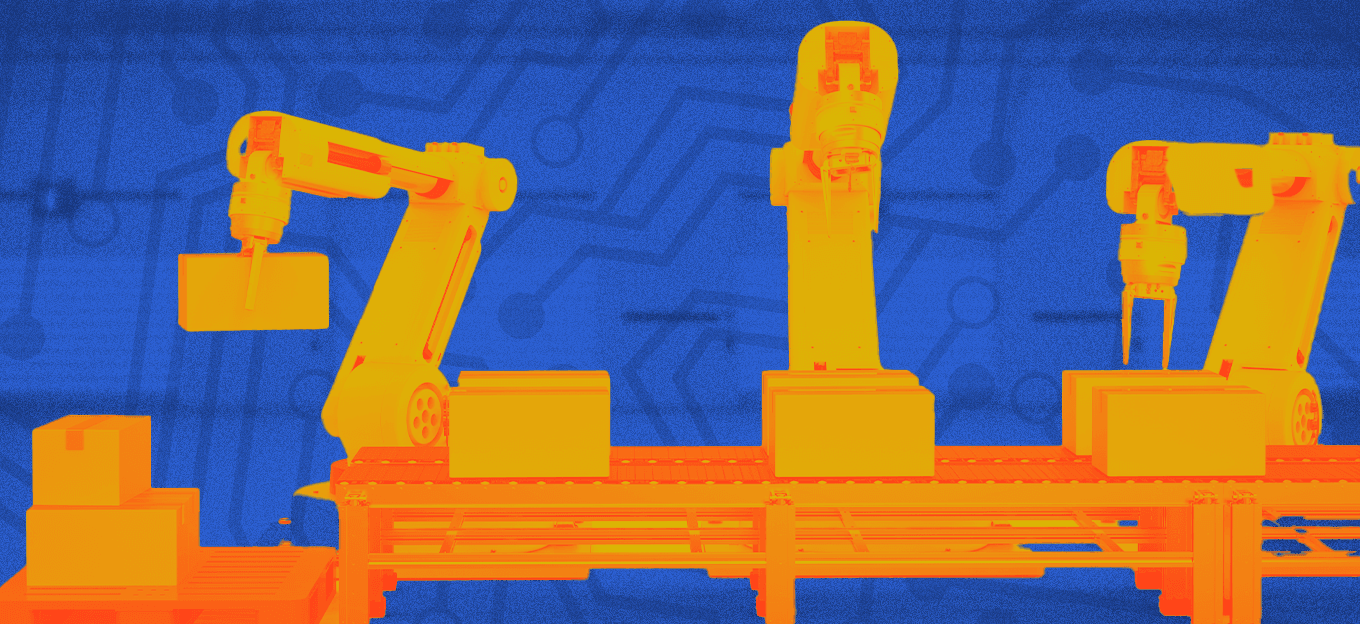How to Leverage IoT to Protect Your Workers
How to Leverage IoT to Protect Your Workers
- Last Updated: December 2, 2024
Guest Writer
- Last Updated: December 2, 2024



Workers in construction, agriculture and manufacturing are reported to have the highest incident rates, according to the 2018 research of the US Bureau of Labor Statistics. Medical expenses for work-related injuries are scoring millions of dollars each year.
In recent years, businesses have increasingly opted for industrial IoT solutions that offer advanced monitoring capabilities designed to predict and prevent incidents. In many situations, smart monitoring can save lives in the event of equipment misuse or failure, inefficient safety regulations and health-threatening sites.
IoT-enabled environments in industrial facilities can deliver a major contribution to a secure working space and employee well-being. There is hardly a parameter you can’t monitor, and plenty of actionable insights to gain.
Improper Equipment Use
IoT is capable of keeping up with all processes happening on a work site. Even if your assets are outdated, they can be conjoined to IoT monitoring. A functioning smart environment consists of any number of WiFi-enabled beacons attached to your assets or employees, and a computer with an application to process and display data.
The beacons collect data about what is happening in real-time on the production line: whether the worker is present, and if the machine is being operated correctly. For example, motion sensors track the order of worker’s actions, and the data processing software correlates it to the formal procedure's standards and regulations.
If a worker isn't following the approved safety instructions and there's a possibility of misuse during the situation, the manager receives a warning about suspicious events or ‘out-of-tolerance’ actions. The notifications are instant so the machinery in operation can be stopped immediately for a check. The use of even a few sensors can prevent defects in the produced goods, spoiled material batches and equipment failure.
Damaged or Malfunctioning Machinery Incidents
In parallel with tracking safety compliance of your machinery fleet, you can monitor your assets’ health. Since there are functional limitations for every machine you have in use, implanted sensors can be tuned to determine if a machine is working beyond them for some reason. Or, in some cases, spot a worker neglecting safety precautions or acting on incomplete information.
Veracity is achieved by measuring physical parameters like temperature, voltage, material density in real-time. The limitations can be set by a supervisor — a production or quality control manager — and moderated through an enterprise-wide data system. When there is a tremendous strain on the equipment that could potentially lead to breakage, it’s reported to the moderators, or to the equipment operators on site.
Before something goes wrong, it will be noted, so maintenance becomes predictable. It makes planning and rescheduling work shifts easier around maintenance activities without production losses.
Exposure to Hazardous Substances
Production processes that involve contact with hazardous substances may become less hostile to the workers by implementing real-time biological monitoring. They may include external parameters like chemical and gas exposure, temperature, humidity levels, and personal health parameters for each employee on the site.
Since the instantaneous symptoms of radiation or heavy metal poisoning are often not recognizable or just absent, a worker can’t determine adequate exposure period and monitor it themselves. Such smart wear as wristband or capsules can track individual metrics to notice the first signs of nausea and fatigue, and encourage the worker to take a break.
Interconnected with the external air pollution sensors, wearables can warn people when being on site is no longer safe for them personally — for example, if their timer for daily chemical or noise exposure has run out. There will be a blinking LED, a beeping sound or a smartphone notification that reminds workers or visitors about
Overdue Emergency Response
As with chemical exposure, monitoring health parameters in a potentially harmful environment can be used to learn about an emergency even before it’s officially reported, or to prevent it if something goes wrong.
Workers on a production line can suddenly feel unwell or lose consciousness in proximity to heavy machinery being on. A cardiac monitor would be the first to notice a rapid shift in the dynamics, and send an emergency signal to the nearest control panel.
Considering that contact with objects or equipment is the third leading reason for work injuries, a similar method can be applied to critical assets like machines, pipes, and pumps upgraded with sensors. One can see on the real-time graph if the pressure (or another parameter) went up rapidly, and prevent workers from operating unstable equipment.
Workplace Safety
IoT-enabled environments in industrial facilities can deliver a major contribution to a secure working space and employee well-being. There is hardly a parameter you can’t monitor, and plenty of actionable insights to gain.
Adapting for the most high-risk and challenging industrial areas, IoT connectivity creates a space that is easier to work at and maintain. Using analytics, IoT predicts equipment breaking points, protects workers from long-term health consequences, and helps enterprises enhance their safety policies.
The Most Comprehensive IoT Newsletter for Enterprises
Showcasing the highest-quality content, resources, news, and insights from the world of the Internet of Things. Subscribe to remain informed and up-to-date.
New Podcast Episode

How Drones and Telecom Enable Aerial IoT
Related Articles



